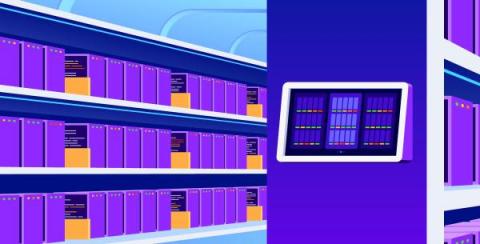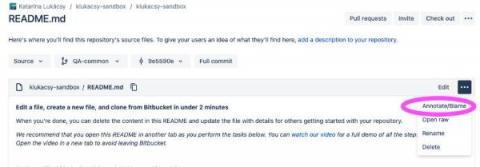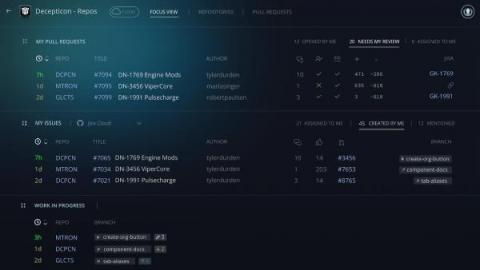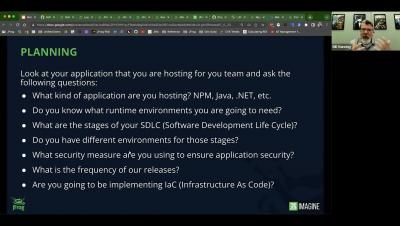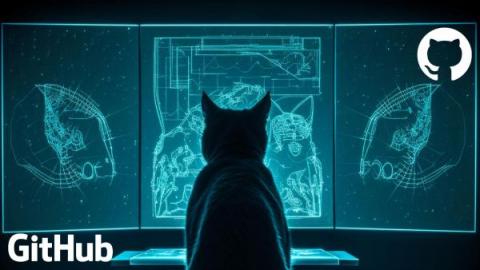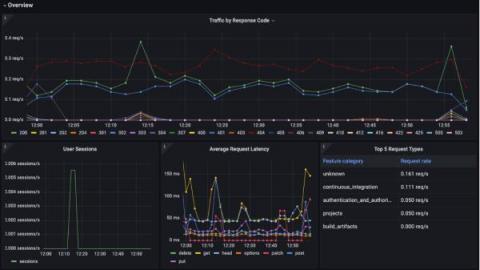I use GitHub Actions for Datadog's Service Catalog, and you should, too
Today’s guest blog is by Mike Stemle, a software engineer and Principal Architect for the Arc XP division of the Washington Post. In his role, Mike focuses on AppSec and large-scale architecture. Anybody who works with me knows that I love the Datadog Service Catalog.


